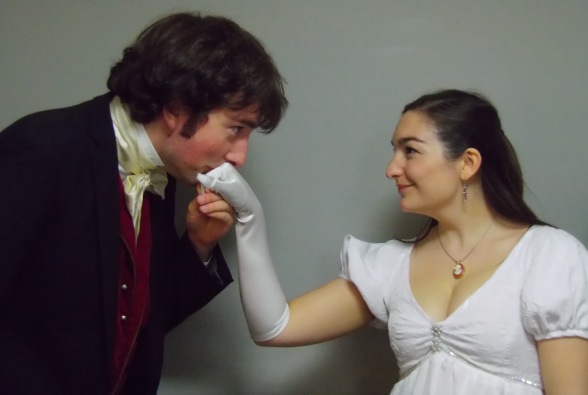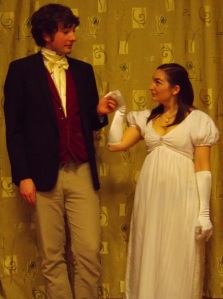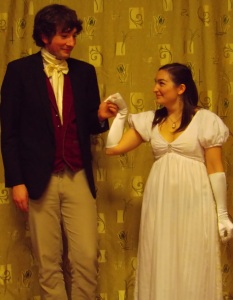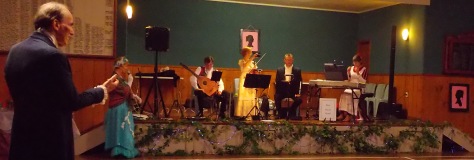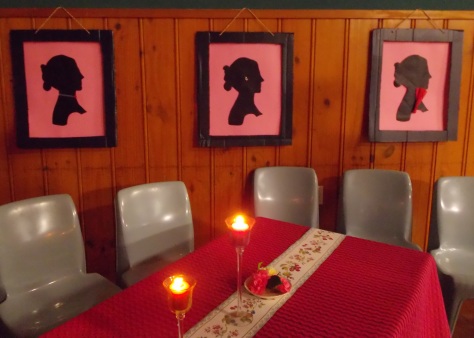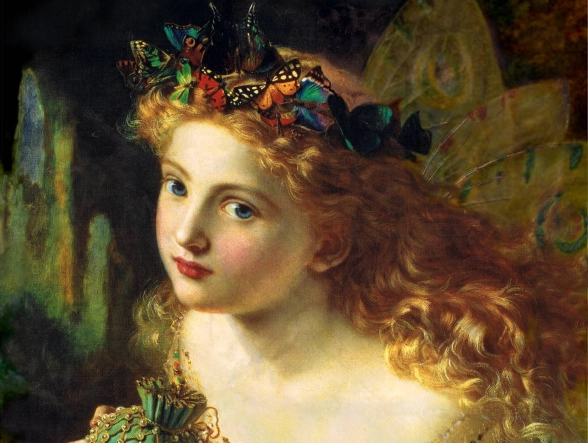My first experience of Kiwi-isms was when I was listening to our sat nav during a cold English winter journey in the pouring rain and we set it to a New Zealand male voice. The sat nav voice piped up enthusiastically with:
‘Grab your jandles!’
‘Turn around and let’s head for a mean steak and cheese pie!’
Both of which had us falling about in fits of laughter as we drove along the M5 motorway and wondered what on earth jandles were and why ur Sat Nav companion was so obsessed with cheese and steak pies –did they eat that in New Zealand and did they wear jandles at the same time? Those questions alone were reason enough to spend six months touring New Zealand to find out the answers. We intended to travel both islands for six months as part of a 12 month world charitable speaking tour, which is ongoing as I type and is in aid of our shark conservation cause Friends for Sharks. The mystery of jandles was what really sold us on this incredible destination though. Honest.

No sooner had we arrived in Christchurch to a dry and crisp autumn (which is of course hotter than an English summer) than we leapt upon the first Kiwi we could find and asked them about jandles and pies. Both of which are apparently a firm part of Kiwi culture. Many a day has passed since when we have been on the road and spotted a steak and cheese pie sign but we’ve still yet to give it a try. I remain unconvinced that cheese belongs in a pie when it can be layered upon tasty crackers. Talking of cheese, one of our main excitements when we visited our first supermarket in Christchurch had to be that in New Zealand the blocks of standard cheese are HUGE, affordable and much tastier than Tesco’s value cheese blocks – the English equivalent. I say that as someone from England who has a major love affair with cheese and lived in Shropshire….the home of Shropshire Blue. Admittedly I miss Stilton and a good Wensleydale but the Kiwis make mighty fine blocks of cheese that freeze well in a campervan and are very good at propping doors open. The people of New Zealand do dairy and boy do they do it well.
The variety of fresh fruit and vegetable is also staggering and our time in sunny Nelson and Motueka was spent gorging on pears, apples, grapefruit that tasted of sunshine and a local fruit named feijoas. Feijoas are a small green fruit that are highly perfumed and taste like a cross between rose Turkish delight and parma violet sweets. They are absolutely beautiful and vital for a campervan that smells of fruit and perfume rather than two people that have lived in said campervan for months on end. We adore touring in our Wendekreisen Travel Ltd campervan, it is incredibly well-stocked and designed and provides a cosy and reliable base for our adventures. The storage space is ideal for our giant blocks of cheese, feijoas, the occasional bottle of sulphur-free wine from Marlborough and, of course, our jandles.
It still makes me smile that we have come to the other side of the world, immersed ourselves in the local way of life and yet the things that have struck a chord with me are the dairy products and amusing language differences. We have seen the most mind-blowingly spectacular scenery at every bend in the road, shouted ‘view!’ more times than I can remember and it is still the small moments of Kiwi life that have stayed with us on our journey. I have travelled the globe and lived in various countries, including South Africa and Egypt, and yet the people of New Zealand are by far the most open-hearted and friendly people I have ever encountered. We have been invited into numerous homes for dinner and the chance to sleep in a ‘real bed’ for a night after our public speaking events and it is the norm here to put up travellers as they pass through. We have been given gifts of local Southland cheese, Maori artwork, donations for our cause, exquisite teas, local real ales and abundant friendship. We have discovered the laid back nature of New Zealanders throughout both islands and there is a solid sense of community that I have yet to experience anywhere else.

As for the sense of space, it is truly endless. We have already driven 80% of the roads of the South Island and are making our way through the North Island for the next two months. In all of our travelling, we have barely seen another soul on the roads and have enjoyed the companionship of rolling hills, rainforests, beaches, mountains, gushing rivers and more. The scenery changes constantly. It was quite the shock to the system when we arrived in Wellington and were greeted with three lanes of traffic. Even that was quiet in comparison to England and other countries though. New Zealand has space, wildlife and peace in abundance and the locals are proud of their heritage – quite rightly so. It is magnificent.

With all of that in mind it didn’t take us long to apply for residency and we hope to make this country our permanent home in 2016. Fingers crossed, as I don’t think I want to give up the giant blocks of cheese.
Kathryn Hodgson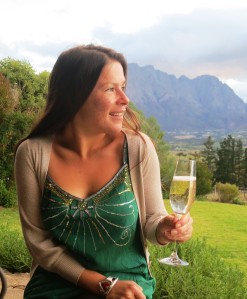 (1979) was born in England and spent her childhood exploring the rugged beauty of Cornwall. Kathryn pursued her love of nature as an adult and created a successful career within environmental enforcement in England and then as a scuba diving instructor in Egypt and Great White Shark wildlife guide in South Africa. She is co-founder of the marine conservation cause Friends for Sharks, author of the inspiring memoir No Damage (December 2014) and lover of life, laughter and adventures. She can currently be found touring the world in aid of shark conservation and raising money for The Shark Trust and Project AWARE.
(1979) was born in England and spent her childhood exploring the rugged beauty of Cornwall. Kathryn pursued her love of nature as an adult and created a successful career within environmental enforcement in England and then as a scuba diving instructor in Egypt and Great White Shark wildlife guide in South Africa. She is co-founder of the marine conservation cause Friends for Sharks, author of the inspiring memoir No Damage (December 2014) and lover of life, laughter and adventures. She can currently be found touring the world in aid of shark conservation and raising money for The Shark Trust and Project AWARE.




